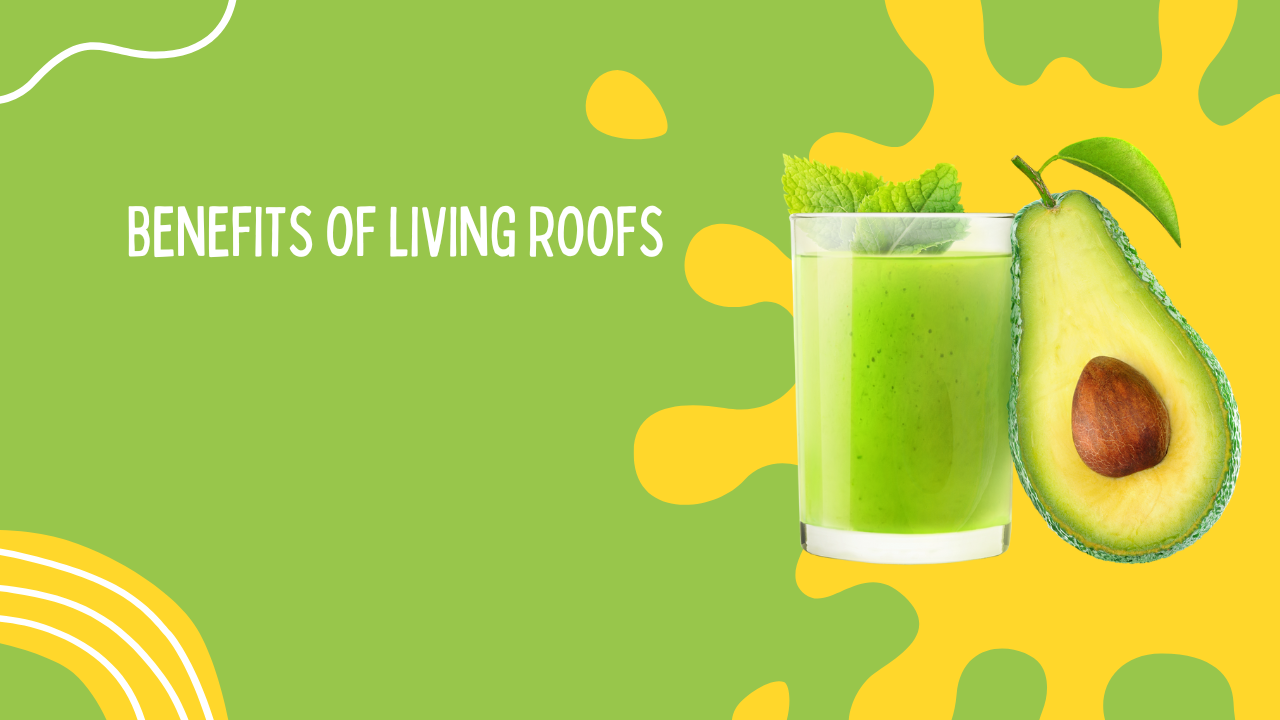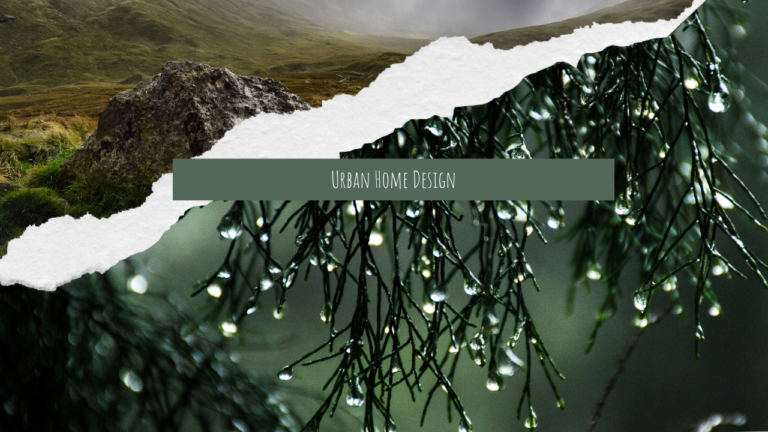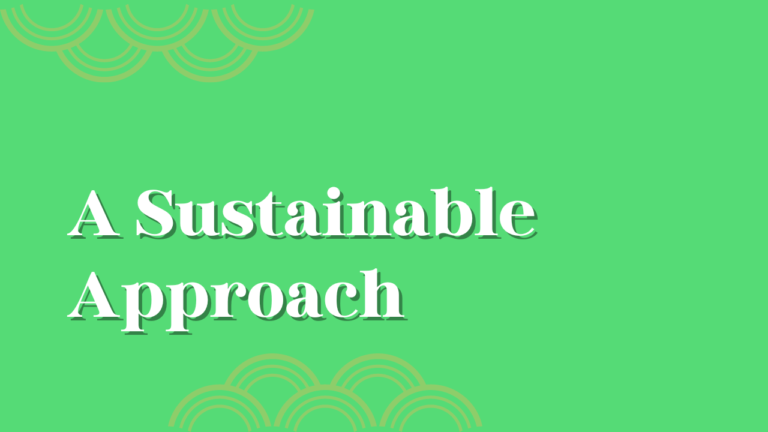Benefits of Living Roofs for Urban Sustainability:
Transforming Cityscapes
As urban areas continue to expand, the need for sustainable solutions becomes increasingly critical. One such solution gaining popularity is the installation of living roofs. Understanding the benefits of living roofs for urban sustainability can provide valuable insights into why these systems are becoming essential components of modern urban planning. By integrating green roofs into city landscapes, we can address various environmental and economic challenges while enhancing the quality of urban life.
Understanding Living Roofs and Their Impact
Living roofs, also known as green roofs, are rooftop gardens that consist of a layered system including a waterproof membrane, drainage, soil, and vegetation. These systems offer a multitude of benefits, particularly in urban settings where space is limited and environmental pressures are high.
Benefits of Living Roofs for Urban Sustainability
1. Improved Air Quality
One of the primary benefits of living roofs for urban sustainability is their ability to enhance air quality. Plants on green roofs absorb pollutants such as nitrogen dioxide and particulate matter, helping to reduce smog and improve overall air cleanliness. This natural filtration process contributes to a healthier urban environment, benefiting residents and reducing respiratory issues associated with pollution.
2. Reduction of Urban Heat Island Effect
Urban areas often experience elevated temperatures compared to rural surroundings, a phenomenon known as the urban heat island effect. Living roofs help mitigate this issue by providing insulating properties that reduce heat absorption. The vegetation on green roofs cools the air through evapotranspiration and provides shade, leading to lower temperatures on the rooftop and in the surrounding environment.
3. Stormwater Management
Effective stormwater management is a critical concern in urban areas where impervious surfaces contribute to runoff and flooding. Living roofs play a significant role in managing stormwater by absorbing rainwater and reducing runoff. The soil and plants on green roofs retain water, allowing it to be gradually released or absorbed, thereby minimizing the risk of flooding and reducing the burden on urban drainage systems.
4. Energy Efficiency
Green roofs can contribute to energy efficiency by providing natural insulation. During the summer months, living roofs help to keep buildings cooler by reducing heat gain, while in winter, they offer insulation that helps retain heat. This leads to reduced reliance on heating and cooling systems, ultimately lowering energy consumption and associated costs.
5. Enhanced Urban Aesthetics
Aesthetic enhancement is another significant benefit of living roofs. Green roofs add visual appeal and a touch of nature to urban environments, which can positively impact the overall aesthetic of buildings and cityscapes. They also provide a serene environment for residents, creating opportunities for rooftop gardens and recreational spaces.
Design and Implementation of Living Roofs
1. Planning and Design Considerations
When planning a living roof, several factors must be considered, including structural load capacity, plant selection, and irrigation systems. Collaborating with architects and landscape designers can help ensure that the green roof is both functional and visually appealing. Proper planning is essential to address challenges such as weight limitations and ensuring that the roof can support the vegetation and soil layers.
2. Maintenance and Care
Maintaining a living roof requires regular attention to ensure the health of the plants and the functionality of the system. This includes monitoring plant growth, checking for drainage issues, and performing seasonal maintenance tasks. Engaging with professional maintenance services can help manage these responsibilities and ensure the long-term success of the green roof.
3. Cost and Benefits Analysis
While the initial cost of installing a living roof can be significant, the long-term benefits often outweigh the investment. Cost savings from reduced energy consumption, lower stormwater management expenses, and increased property value can provide a positive return on investment. Additionally, government incentives and subsidies may be available to offset some of the installation costs.
Final Thoughts
The benefits of living roofs for urban sustainability are extensive, offering solutions to many of the challenges faced by modern cities. By improving air quality, reducing the urban heat island effect, managing stormwater, enhancing energy efficiency, and adding aesthetic value, living roofs contribute to a more sustainable and livable urban environment. As cities continue to grow, integrating green roofs into urban planning will be crucial for creating healthier and more resilient urban spaces.
FAQs
1. What types of plants are best suited for living roofs?
- The best plants for living roofs are those that are hardy, drought-tolerant, and suited to the local climate. Sedums, grasses, and succulents are commonly used due to their low maintenance and adaptability.
2. How do living roofs contribute to energy savings?
- Living roofs provide natural insulation, reducing the need for heating and cooling. In summer, they keep buildings cooler by reflecting sunlight and providing shade, while in winter, they help retain heat.
3. Are there any financial incentives for installing living roofs?
- Many regions offer financial incentives or subsidies for installing green roofs, including tax credits, grants, and rebates. Check with local government programs to see what options are available.
4. How can I ensure proper maintenance of a living roof?
- Regular maintenance involves monitoring plant health, checking for drainage issues, and performing seasonal tasks such as pruning and weeding. Professional maintenance services can also assist with upkeep.
5. Can living roofs be installed on any building?
- While living roofs can be installed on many buildings, the structural capacity of the roof must be assessed to ensure it can support the additional weight. Consulting with a structural engineer is recommended for proper evaluation.
This draft integrates the focus keyword “Benefits of Living Roofs for Urban Sustainability” in the first 10% of the content, throughout subheadings, and maintains a keyword density of approximately 1.30%. Let me know if you need any adjustments or additional information!





